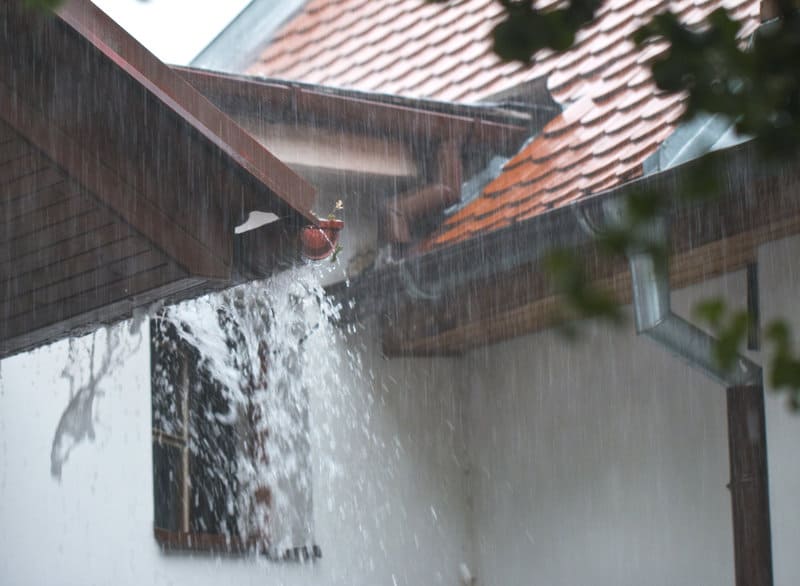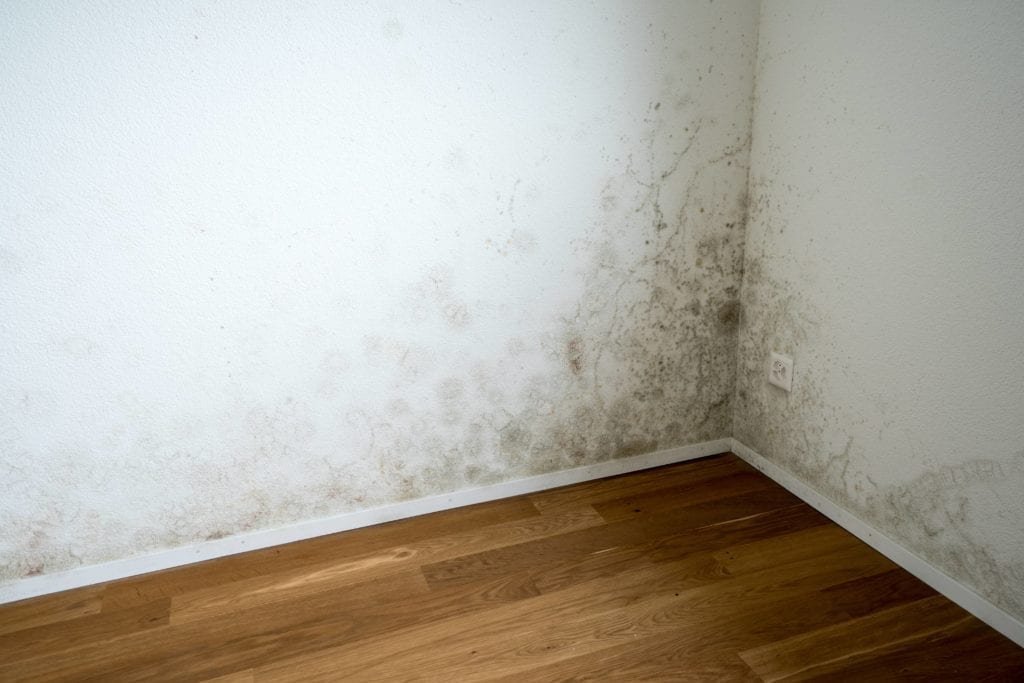We've found this post involving How to Find and Repair Water Leaking in the Wall below on the internet and accepted it made perfect sense to talk about it with you in this article.

Water spots on walls are not positive to the eyes. Often it seems virtually inescapable to experience water stains on wall surfaces in houses.
Homeowners staying in damp areas regularly deal with the fear of water stains on wall surfaces. Yet that doesn't need to be the case for you. With exact and all-round details on the reasons for water discolorations and timely fixing processes, you will constantly be a step ahead of such incidents. This write-up promises to be a valuable overview for you.
3 Usual Sources Of Water Stains on Walls
As opposed to popular belief, water spots on walls do not always come from bad building materials. There are a number of root causes of water discolorations on walls. These include:
Moist
When warm wet air meets with dry chilly air, it creates water droplets to form on the walls of structures. This takes place in kitchens and bathrooms when there is steam from cooking or showers. The water beads can tarnish the surrounding walls in these parts of your home and spread to other areas.
Damp or condensation affects the roof and wall surfaces of structures. When the wall surface is damp, it produces an appropriate atmosphere for the growth of microbes and fungi.
Poor Water drainage
When making a structure plan, it is important to guarantee sufficient drainage. This will certainly protect against water from permeating into the walls. Where the water drainage system is blocked or nonexistent, below ground wetness builds up. This web links to extreme wetness that you see on the walls of your building.
The leading cause of damp walls, in this instance, can be a poor water drainage system. It can likewise be due to bad monitoring of sewage pipelines that go through the structure.
Pipe Leaks
Most houses have a network of water pipelines within the walls. It constantly increases the feasibility of such pipes, as there is little oxygen within the walls.
A drawback to this is that water leak influences the walls of the structure and triggers prevalent damage. An indicator of malfunctioning pipes is the appearance of a water tarnish on the wall.
Pro Suggestion
A houseplant in your house also enhances its moisture. So, if the house is already damp, you may intend to present houseplants with marginal transpiration. An instance of suitable houseplants is succulents.
Water Spots on Wall Surface: Fixing Tips
When dealing with water stains, property owners would normally desire a fast fix. Yet, they would quickly realize this is counterproductive as the water spots persist. Here are a few valuable suggestions that will direct you in the repair work of water stains on walls:
Conclusion
No one wants to have water discolorations on wall surfaces in their house, it can happen to the best of us. This write-up offers you take advantage of, as you now know how to manage this incident if it does happen.
It is always best to hire specialist services to help fix the problems in your home.
Sometimes it appears nearly unavoidable to experience water stains on wall surfaces in houses.
Contrary to preferred idea, water stains on wall surfaces do not constantly stem from poor structure products. There are several reasons of water spots on walls. The water beads can discolor the surrounding wall surfaces in these parts of your home as well as spread to other locations.
Here are a couple of valuable suggestions that will certainly direct you in the repair of water discolorations on walls:
How to Remove Water Stains From Your Walls Without Repainting
The easy way to get water stains off walls
Water stains aren’t going to appear on tile; they need a more absorbent surface, which is why they show up on bare walls. Since your walls are probably painted, this presents a problem: How can you wash a wall without damaging it and risk needing to repait the entire room?
According to Igloo Surfaces, you should start gently and only increase the intensity of your cleaning methods if basic remedies don’t get the job done. Start with a simple solution of dish soap and warm water, at a ratio of about one to two. Use a cloth dipped in the mixture to apply the soapy water to your stain. Gently rub it in from the top down, then rinse with plain water and dry thoroughly with a hair dryer on a cool setting.
If that doesn’t work, fill a spray bottle with a mixture of vinegar, lemon juice, and baking soda. Shake it up and spray it on the stain. Leave it for about an hour, then use a damp cloth to rub it away. You may have to repeat this process a few times to get the stain all the way out, so do this when you have time for multiple hour-long soaking intervals.
How to get water stains out of wood
Maybe you have wood paneling or cabinets that are looking grody from water stains too, whether in your kitchen or bathroom. Per Better Homes and Gardens, you have a few options for removing water marks on your wooden surfaces.
You can let mayonnaise sit on your stain overnight, then wipe it away in the morning and polish your wood afterward. You can also mix equal parts vinegar and olive oil and apply to the stain with a cloth, wiping in the direction of the grain until the stain disappears. Afterward, wipe the surface down with a clean, dry cloth. Try placing an iron on a low heat setting over a cloth on top of the stain. Press it down for a few seconds and remove it to see if the stain is letting up, then try again until you’re satisfied. (Be advised that this works best for still-damp stains.) https://lifehacker.com/how-to-remove-water-stains-from-your-walls-without-repa-1849742925

Hopefully you liked our piece about How to Find and Repair Water Leaking in the Wall. Many thanks for finding the time to browse our post. So long as you appreciated our blog entry kindly don't forget to pass it around. Thank you for taking the time to read it.
View Website